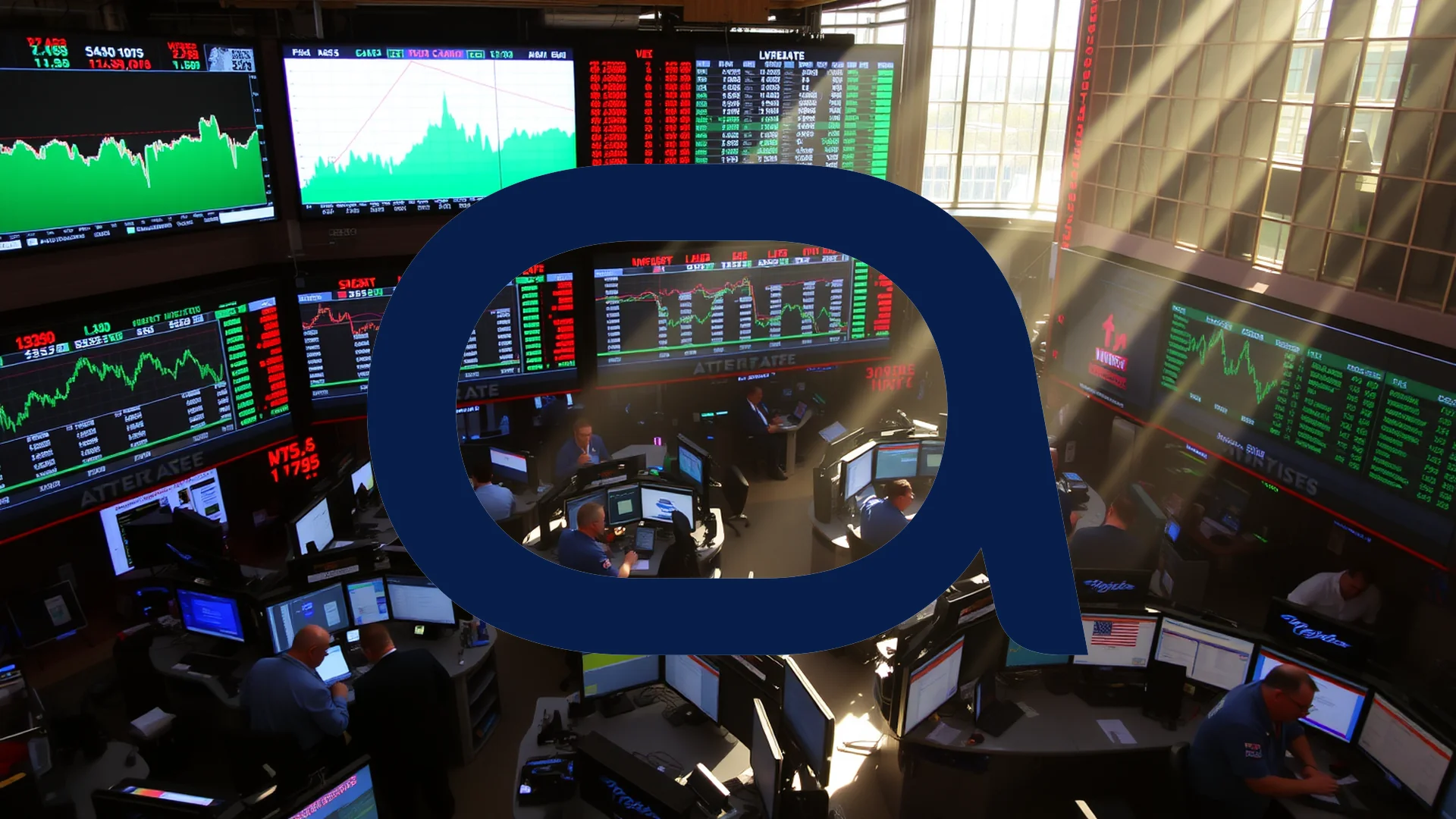Ethereum is locked in a persistent struggle to decisively breach the $4,000 price level. For over a week, the cryptocurrency has encountered a formidable barrier at this psychological threshold, despite displaying strong underlying fundamentals and unprecedented activity in the derivatives market. The central question preoccupying analysts is what continues to suppress its price momentum and when a decisive breakout might finally occur.
Technical Stalemate Masks Institutional Frenzy
A clear divergence is emerging between Ethereum’s spot price action and its institutional appeal. While the spot market hesitates, institutional engagement has surged to record levels. Data from the CME Group reveals historic trading volumes for Ether futures and options, with a single-day record of 543,900 contracts. Furthermore, the average daily open interest has reached a staggering $1.2 billion, underscoring a rapidly growing appetite among institutional players for regulated exposure to the asset.
This robust institutional demand, however, has failed to translate into a sustained price breakout. The $4,000 resistance zone has proven exceptionally resilient. Market experts point to “waning momentum and contracting volatility” as classic indicators of exhaustion following a prolonged upward trend, suggesting the market is pausing to consolidate.
On-Chain Metrics Flash Warning Signs
Perhaps more concerning for the bullish case are signals emerging from on-chain data. Long-term holders, typically the most steadfast investors, have begun to show unusual activity. The Age Consumed metric, which tracks the movement of previously dormant coins, registered its third-largest spike in three months. This is a clear indication that ETH which had been held inactive is being moved, potentially onto exchanges for sale.
Compounding this concern, the net outflow of Ethereum from exchanges has slowed significantly, while inflows have accelerated. This pattern often precedes increased selling pressure, as it indicates a greater supply of the asset is being positioned on trading platforms, ready to be liquidated.
Should investors sell immediately? Or is it worth buying Ethereum?
A Clash of Narratives: Strong Foundations vs. Chart Weakness
Despite these short-term headwinds, Ethereum’s fundamental health remains robust. The recent Protocol Update 001 has delivered tangible network enhancements, including increased gas limits and expanded scalability solutions. Ethereum continues to dominate the decentralized finance (DeFi) landscape as the undisputed leader, and according to observers, staking revenues are developing at a “parabolic” rate.
The critical question is whether these powerful fundamental drivers can overpower the significant technical resistance. The outcome of the battle for $4,000 will likely dictate the next major price move. A successful breakout could ignite a significant upward surge, whereas a failure to overcome this level may open the door for a corrective pullback toward the $3,500 support area.
Positioning for a Volatile Breakout
Market participants appear to be bracing for a significant price movement, with trading volumes climbing by nearly 25%. The confluence of strong institutional interest, continuous technical upgrades, and positive regulatory developments paints a compelling long-term picture for Ethereum. In the immediate term, however, the cryptocurrency must first demonstrate its ability to power through the current consolidation phase.
Is Ethereum on the verge of its next major bullish leg, or is a painful correction imminent? The answer to this pivotal question may reveal itself in the very near future.
Ad
Ethereum Stock: Buy or Sell?! New Ethereum Analysis from December 8 delivers the answer:
The latest Ethereum figures speak for themselves: Urgent action needed for Ethereum investors. Is it worth buying or should you sell? Find out what to do now in the current free analysis from December 8.
Ethereum: Buy or sell? Read more here...










